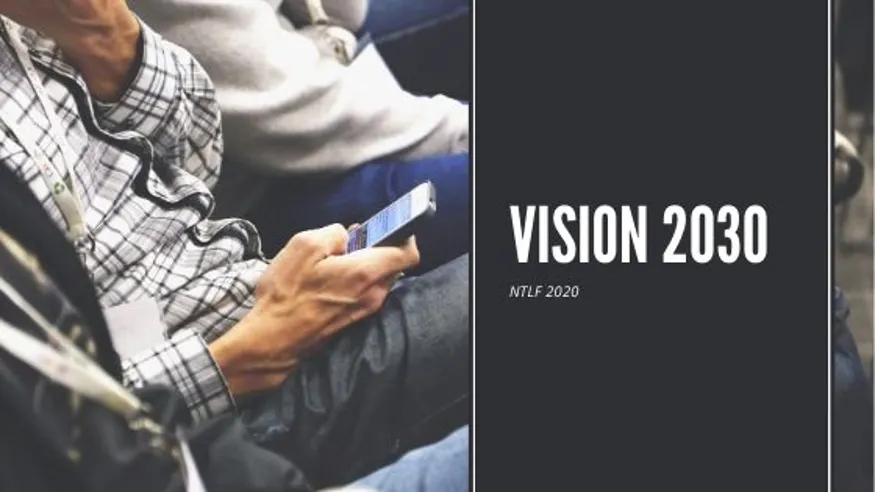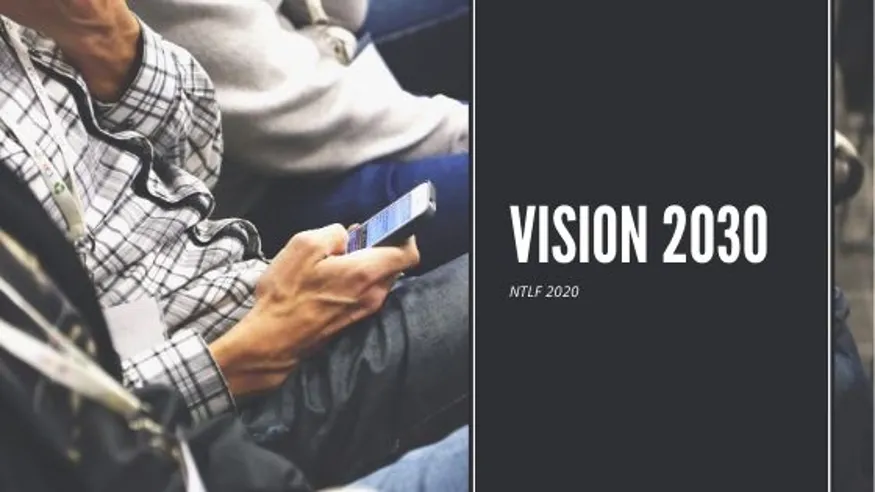VISION for 2030 : Everyone should be Tech Literate
Blog: NASSCOM Official Blog
N Chandrasekharan speech – Keynote session
As it is being said now a days that ‘Data is the new Oil’ and we are generating unbelievable amount of data – approx.44 gigabytes. This data is generated through active participation by humans for using modern technology and products. In the next decade, technology would be more intertwined with human lives and activity than it has ever been in the past. If we want to move forward, it must be by taking people along, involving everyone in the process that will change their lives. That is the foundation step to building a smarter economy.
Vision for 2030 cannot not include just software professionals, it must include everyone, farmers, poor, literate illiterate etc. We must remove halo effect around technology and remove the notion that it is only for the elite. It must belong to very section of the society.
In India, Technology still has not penetrated many industries and areas viz. construction business education etc. There is a huge potential if we fully leverage the technology. For example: Tata Steel using smart watches to track the health and safety of workers.
Technology comes with the standard fear of loss of jobs. But all this narrative of AI taking over jobs comes from advanced economies. Ageing workforces, markets getting mature, lack of growth, all of these induce problems such as lack of workforce, need for efficiency drives the use of technology.

Four Distinct Characteristics ‘HOW INDIA IS DIFFERENT’
- India lacks markets – Developed markets are focused on increasing efficiency because access is available to all. India doesn’t lack efficient markets but the market itself. We need technology to develop markets.
- India faces perennially limited supply of skilled resources – human and physical. Be it hospitals, roads, airports, we don’t have enough of it. We have to meet this shortage using a combination of people and technology.
- India’s labour market is overwhelmingly informal – Developed markets are grappling with the ques of what does it mean when traditional formal work opportunities become more informal with the gig economy. 80% informal. The transformation from informal to formal will raise incomes, disposable incomes & growth
- India’s demographics are different – Ageing in developed economies led them to the use of technology. While we will have 80 million people coming to workforce. We don’t have the problem of age or numbers.
Hence, our approach to automation and technology has to be deliberately different from that of the West, US, UK or Japan.
By providing the right tech platform that can process both structured and unstructured data, get the insights and use that insights with the physical centre and technology augmented worker, we can create wonderful results.
Three things to focus on to bring about the change in future
- Need to change how we think about technology, we want to first narrow down the problems, and focus on one at a time.
- Lay out a path to how the technology, importantly AI & data can be harnessed in a way that we can freely use it in abundance. In order to do that, we need to ease the societal challenge. We need to finalise discussions on data privacy
- Need to train people – everyone. Teaching digital is far easier than teaching maths & English. The word AI should become very common.
Budget is not a problem. We got to make the best use of what we have, maximise it, we have the best human resource, we have the best technology – Bring It Together.
In Conclusion: Key Takeaways
– We don’t have to look at AI as efficiency boosting, cost cutting devices; we have to use it to augment our human capital. Tech applied deliberately can solve problems and lead to an increase in jobs.
– We have to make it happen by deliberately designing solutions, and then prioritization is important. Targeted Training & retraining of workforce is important.
Key Metrics to evaluate our success:
- cut pollution by half
- provide universal access to safe & affordable drinking water
- eliminate malnutrition
- coverage ratio of 1 doctor per 1000 people
- Access to education to every child
The post VISION for 2030 : Everyone should be Tech Literate appeared first on NASSCOM Community |The Official Community of Indian IT Industry.
